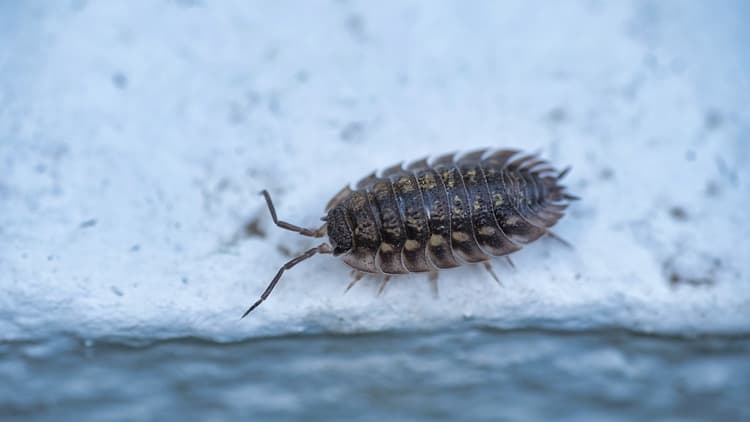Myths about teaching can hold you back
- Year 6
Discovering and naming new species
I can describe how scientists group, identify and name new species of living things.
- Year 6
Discovering and naming new species
I can describe how scientists group, identify and name new species of living things.
These resources were made for remote use during the pandemic, not classroom teaching.
Switch to our new teaching resources now - designed by teachers and leading subject experts, and tested in classrooms.
Lesson details
Key learning points
- Taxonomists describe thousands and thousands of new living species every year.
- New species must be described in detail, including which features make it similar and different to close relatives.
- Species are always identified by both a generic name and a species name.
- Species names are written in Latin, but many species names are based on words from other languages, and are Latinized.
Keywords
Taxonomist - A taxonomist is a type of scientist who identifies, classifies and describes living things.
Classify - To classify things is to sort them into groups.
Identify - To identify something is to be able to name it correctly.
Species - A species is a group of animals or plants that are similar and can have babies together.
Latin - Latin is a language that comes from the ancient Roman empire and is still commonly used by scientists and other academics.
Common misconception
Pupils may think that organisms have, and always have had, their own names, rather than them being named by scientists and others.
Use the lesson resources to explain the naming process for living things used by taxonomists and other scientists.
To help you plan your year 6 science lesson on: Discovering and naming new species, download all teaching resources for free and adapt to suit your pupils' needs...
To help you plan your year 6 science lesson on: Discovering and naming new species, download all teaching resources for free and adapt to suit your pupils' needs.
The starter quiz will activate and check your pupils' prior knowledge, with versions available both with and without answers in PDF format.
We use learning cycles to break down learning into key concepts or ideas linked to the learning outcome. Each learning cycle features explanations with checks for understanding and practice tasks with feedback. All of this is found in our slide decks, ready for you to download and edit. The practice tasks are also available as printable worksheets and some lessons have additional materials with extra material you might need for teaching the lesson.
The assessment exit quiz will test your pupils' understanding of the key learning points.
Our video is a tool for planning, showing how other teachers might teach the lesson, offering helpful tips, modelled explanations and inspiration for your own delivery in the classroom. Plus, you can set it as homework or revision for pupils and keep their learning on track by sharing an online pupil version of this lesson.
Explore more key stage 2 science lessons from the Why we group and classify living things unit, dive into the full primary science curriculum, or learn more about lesson planning.

Equipment
Access to an online translator (Latin) may be interesting to use.
Licence
Prior knowledge starter quiz
6 Questions
Q1.Scientists classify living things to help understand and learn more about them. What is classifying?
Q2.What does it mean to identify something?
Q3.What does a taxonomist do?
Q4.Which of these is not an organism?
Q5.What is a species?
Q6.Which of these features of living things can not be used to help identify them?
Assessment exit quiz
6 Questions
Q1.Approximately how many new species do taxonomists describe every year?
Q2.Why is it important for taxonomists to describe newly discovered organisms in lots of detail, including which features make it similar and different to close relatives?
Q3.Which language is often used for the species names of living things?
Q4.To avoid confusion and help taxonomists to make sure they are referring to the same organism, Carl Linnaeus created the naming system.
Q5.Which of these names is the correct binomial name for this organism?



